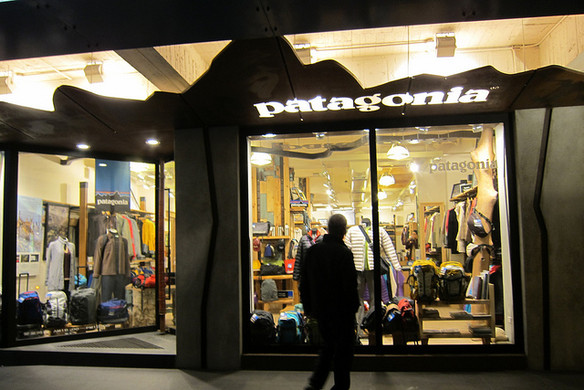Table of contents
Charitable giving is not only a good thing to do, it could also be good for business. Aside from the first goal of philanthropic efforts — helping others — there are other positive side effects.
Here are three ways that your company’s charitable activities can positively affect your business:
1. It can have a positive impact on your image.
Nonprofit philanthropy organization Frontstream says that charitable activity turns the media’s head. People like to see for-profit businesses being philanthropic, and it’s the kind of inspiring news that’s often shared with friends and family.
Patagonia, the outdoor clothing brand, pledged to donate 100 percent of its 2016 Black Friday sales to environmental nonprofits. The company anticipated $2 million in sales, but were humbled when public support for the initiative resulted in sales totaling $10 million.
2. It could win you more (and more loyal) customers.
Consumers are increasingly making purchase decisions based on how they feel about a company, and giving back definitely boosts a business’s reputation. These positive associations can even turn into profits generated from loyal, repeat customers, who often double as the greatest (and most inexpensive) brand ambassadors.
Warby Parker boosted its hipster-cool appeal and its customer loyalty by donating equivalent frames for every pair of glasses sold to nonprofits around the world and providing training for locals to administer eye exams in their countries.
An easy way to turn customers into brand ambassadors is to get them inolved. You could try creating an email marketing campaign seeking volunteers to partner with your company, and support a charity together. When you get more involved in your community, it makes stronger ties to potential customers and makes current customers much more likely to advocate for your brand.
3. It’s an internal morale booster.
Frontstream points out that supporting charities also has a host of benefits for the company internally: boosting employee morale, encouraging teamwork that extends beyond the workplace, and giving employees a deeper sense of pride in the company they represent.
Consulting firm Imavex notes that charitable giving can be a strong business strategy, allowing a company’s employees to connect with the community.
Where should you focus your support?
So you’ve decided to support a charity. Now how do you decide which one? (Imavex stresses the importance of focusing efforts on one charity, since a small business’s resources are often limited.)
In a recent Inc. article, author Molly Reynolds advises selecting a charity that aligns with your business for maximum impact. For example, the company Genie Bra donated 20 percent of every special-edition pink bra to My Hope Chest, a nonprofit that provides reconstructive surgery for uninsured and underinsured women who have had mastectomies.
There are also a number of ways to support charities that don’t involve donating a ton of money. Russell Hodge, managing partner of philanthropy advisory firm Hodge Group, said in a Wall Street Journal article that volunteering and personal involvement in a charity can provide a greater connection than simply writing a check — both good options for small businesses that can’t afford to make large cash contributions.
In-kind donations are another way to go for small businesses. Rather than giving money, the company offers up its time, expertise, services, or resources. Think about the number of local restaurants that donate leftover food to soup kitchens or food banks. Organized employee volunteer days allow the team to lend a helping hand in the form of on-the-ground support. And employee giving campaigns, such as fundraisers like donation-based walks or runs, generate both funds for the charity and community involvement.
With a little strategic planning and creativity, even small businesses with limited resources can end up making a big impact in the community, (on #GivingTuesday and throughout the year) and, in the process, catch the public’s eye.
Photo credit: Patagonia Store Taipei by Andrew Hyde, Flickr, CC by 2.0, cropped from original.
![]()











